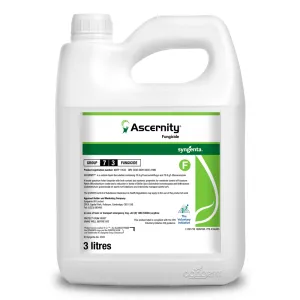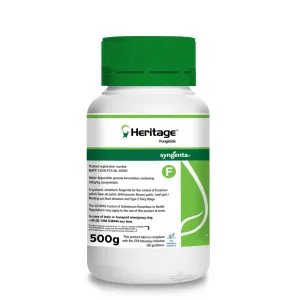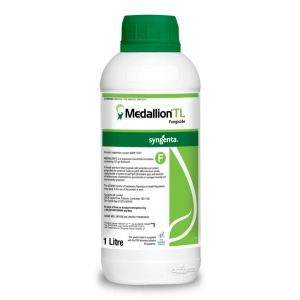What Is Anthracnose?
Anthracnose is a turf disease that can affect all turf species, however is it most common on Poa and Fescue grasses. The disease pathogen can result in two different types: foliar blight and basal rot, however both types of disease often become evident after the grass has shown discolouration and yellowing. Initially the lesions are small, although they can grow up to 15cm in diameter; the lesions may appear in circular patches or small, random patches.
Symptoms & Occurrence:
Anthracnose often occurs when the grass has been subject to a large amount of physiological stress, such as large amounts of traffic, close mowing, excessive thatch and poor nutrient and water availability (drought). Both forms of the disease (foliar blight and basal rot) are more likely to occur in humid weather; foliar blight is most prominent during the summer whilst basal rot is often more active during the cooler and cloudier months.
Foliar blight is where the disease takes affect on the leaves of the grass. The grass leaves will turn a tan/yellow colour often in irregular patches across the affected area. Dark acervuli structures can be seen on the grass leaves under a microscope.
Similarly, basal rot begins with a yellowing of the grass leaves, however it will often be the older leaves that are affected. The plant will easily pull from the turf and black rot may be visible at the base of the plant stem. The presence of basal rot makes the anthracnose disease harder to manage.
Control:
The best way to control anthracnose is to prevent getting it at all. We recommend getting to know your soil by using our Soil Analysis service. By doing this you will gain a better understanding of the nutrients available in your soil; you will also be given a personalised fertiliser recommendation based on the findings. To reduce the chances of your grass becoming infected by the pathogen try to reduce the amount of stress your grass is under by keeping on top of lawn maintenance such as thatch removal.
For chemical control, we recommend using a turf fungicide such as Inter Tebloxy or Instrata Elite. To avoid pathogen resistance, it is best practice (where possible) to change active ingredients every couple of applications.
We recommend using a preventative and curative turf fungicide such as Inter Tebloxy. As well as anthracnose, this product will also control fusarium patch, red thread, dollar spot & rust.
For more information on anthracnose, please get in touch with our technical sales team on 01522 246491.









